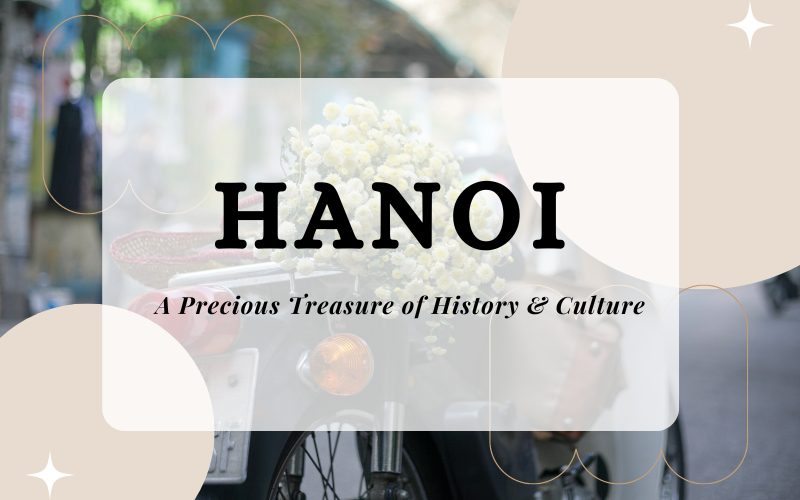
Exploring the history of Hanoi is a fascinating journey to learn about the Vietnamese people’s past and help you see the development of a modern, dynamic city after so many events in years of hardship and suffering. Hanoi, the capital city of a thousand years of culture, is analogized to a living museum with thousands of outstanding historical and cultural relics. From ancient streets to modern architecture, Hanoi tourism is always attractive. Let IDC Travel tell you more interesting things about Hanoi!
History of Hanoi
Before the Thang Long Era
About 20,000 years ago, during the Son Vi culture time, many archaeological sites excavated at Co Loa proved the presence of humans in the area around Hanoi. In the third century BC, Thuc Phan chose Co Loa, which now belonged to Dong Anh District, Hanoi, to build the capital. This event marked the development of Hanoi into the political and social center of the country. After nearly 1,000 years of Northern domination, Co Loa officially became the capital of Vietnam after Ngo Quyen defeated the Southern Han army in 938.
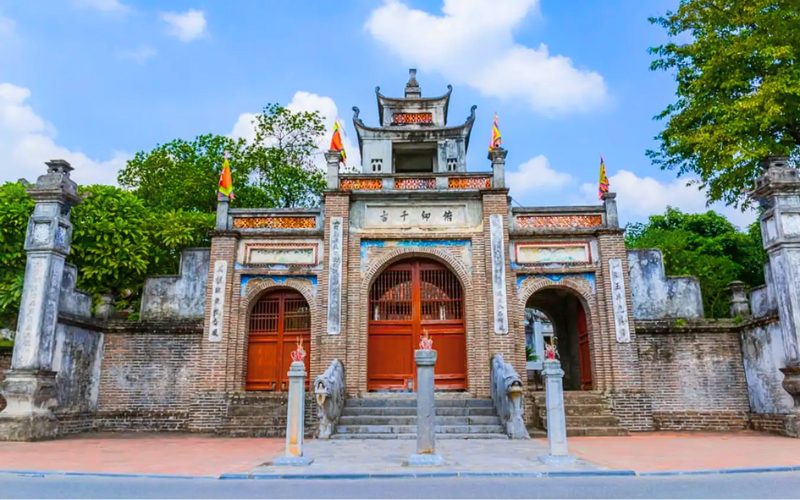
Co Loa Citadel
During Thang Long Era
During the Ly Dynasty
Ly Cong Uan (Ly Thai To) is the founder of Thang Long and the emperor who gave birth to the famous Ly dynasty in Vietnamese history in general and in the history of Hanoi in particular. He was a great politician, a soldier, and a cultural man. In Thang Long, he built many castles, palaces, temples, and ramparts to protect the city. With the image of a flying dragon, Thang Long became a symbol of the nation’s rise and the beginning of a great development phase of the country. Because of that meaning, Ly Thai To named the country Dai Viet, which means the Big Viet.
The rise and fall of the history of Hanoi highlight the critical position of Thang Long compared to other regions. During the Ly Dynasty, when establishing the capital at Thang Long, the Vietnamese army completely defeated the Song invaders in the second invasion. In March 1077, Ly Thuong Kiet, a national hero born in Thang Long, combined his military, political, and diplomatic talents to defeat the Song army, smashing all their plans to invade Vietnam. After this victory, during the next 200 years, the Song army no longer dared to attack our country.
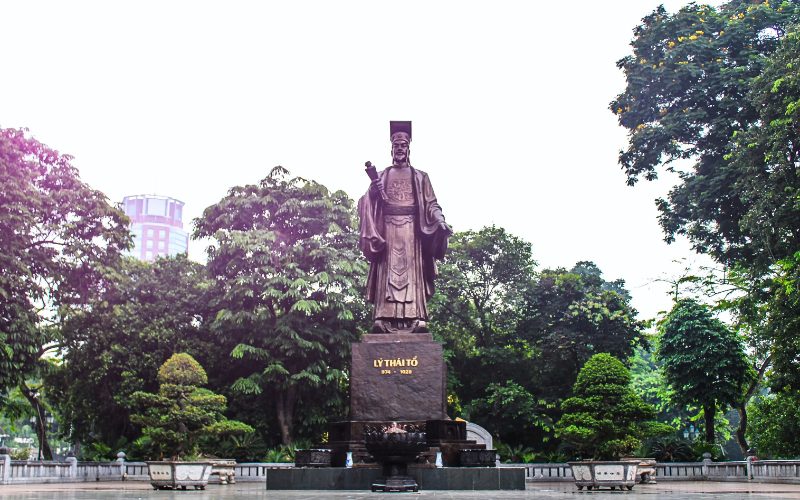
The Statue of King Ly Thai To
During the Tran Dynasty
After the decline of the Ly Dynasty, the Tran Dynasty was established, starting a new ear in the history of Hanoi. King Tran Thai Tong ascended the throne in 1226 and still had his capital in Thang Long. Thang Long Citadel was expanded more than before, and the residential area was divided into 61 wards.
The Tran Dynasty had a resounding victory as they had three times defeated the invading armies of the famous Yuan Mong empire, invading our country within 30 years (1258 – 1288). In early 1285, when the Nguyen army was approaching the border, King Tran Nhan Tong convened a meeting of Dien Hong in Thang Long.
In 1400, after the Tran Dynasty fell, Ho Quy Ly usurped the throne to establish the Ho Dynasty. He built a new capital in the An Ton area of Vinh Loc Ward, Thanh Hoa Province, and named it Tay Do, known as the Ho Citadel. During this period, Thang Long was called Dong Do.
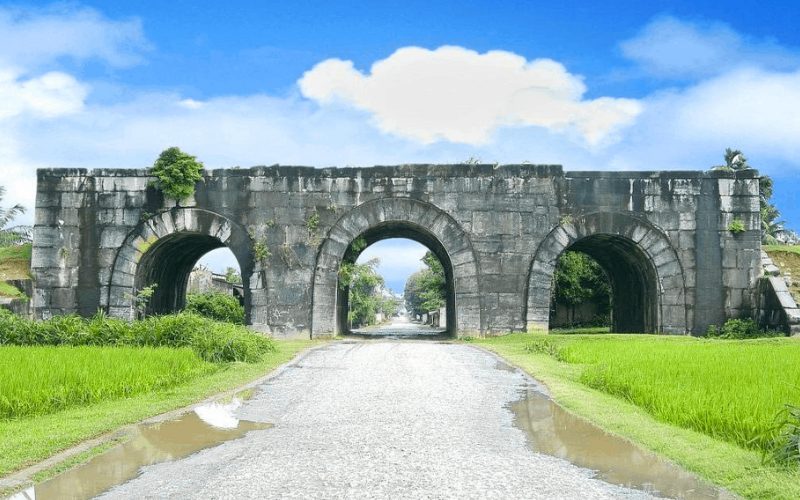
The Citadel of the Ho Dynasty
Taking advantage of the weakening situation of the dynasties in the country, at the end of 1406, the Ming Dynasty ordered 200,000 infantry and cavalry troops to invade our country. The Ho Dynasty managed to fend off the invaders for a short time before Ho Quy Ly’s father and son were captured and killed in China. In 1407, the Ming army captured the Imperial Citadel of Thang Long and renamed it Dong Quan.
During the Le Dynasty
Le Loi was the one to start the uprising in Lam Son (Thanh Hoa). After ten years of resistance, they defeated the Ming army, liberated the capital Dongguan, and renamed it Dong Kinh. Then, the capital was once again renamed Thang Long in 1527 during the Mac dynasty.
During the Le-Trinh period (1533 – 1786), Thang Long was divided into two districts, Tho Xuong and Quang Duc, belonging to the Phung Thien government.
During the Nguyen Dynasty
In 1802, Gia Long established the Nguyen Dynasty and launched the capital in Phu Xuan (Hue). Thang Long is still the capital of 11 Bac Thanh towns. However, the word “Long” was changed to the word “Thinh.” In 1858, the Nguyen court betrayed the country, ceding Hanoi to the French, making the capital a French city for over half a century.
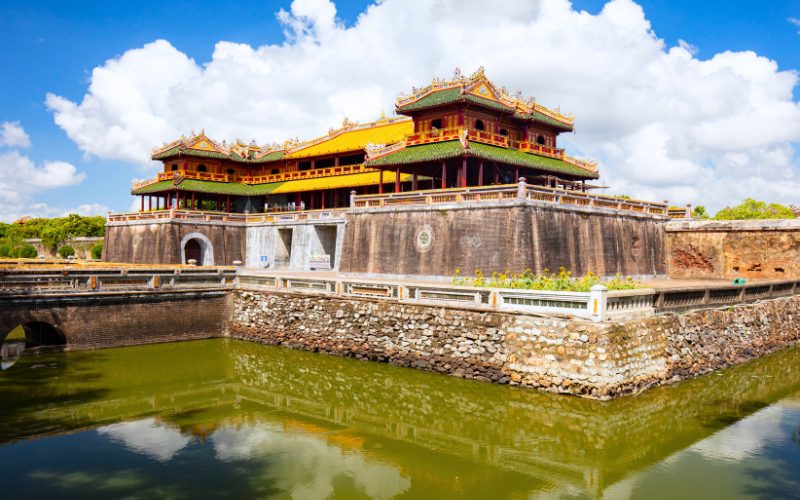
Hue Citadel
After the success of the August Revolution, on September 2, 1945, in Hanoi, President Ho Chi Minh read the Declaration of Independence, announcing to the world the birth of the Democratic Republic of Vietnam. Then, Hanoi became the capital of an independent country.
However, the French colonialists continued to invade the country. Under the leadership of President Ho Chi Minh, our army and people once again entered the 9-year resistance war against the French (1946 – 1954) and ended with the historic victory at Dien Bien Phu on May 7, 1954.
Hanoi after 1954
After defeating the French at the Dien Bien Phu campaign, Vietnam was recognized as its territory from the 17th parallel to the North at the Geneva Conference held in Switzerland.
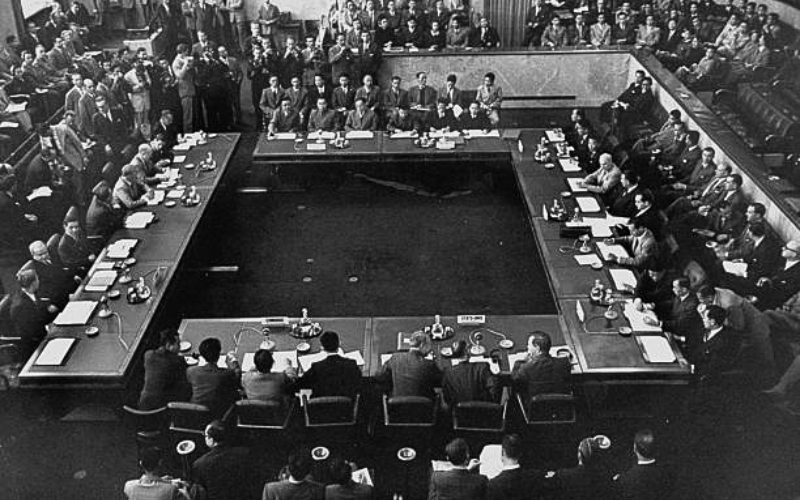
An Old Photo of the Geneva Conference
On October 10, 1954, Hanoi’s capital was liberated entirely from the French colonial yoke. However, France transferred the South to the US before withdrawing from Vietnam. Therefore, our Vietnamese people once again resolutely struggled in the resistance war against the US for more than 20 years and ended with the victory of the historic Ho Chi Minh campaign on April 30, 1975, marking the events to liberate the South and reunify the country.
On April 25, 1976, the 6th National Assembly declared Hanoi the capital of the Socialist Republic of Vietnam.
Hanoi after Independence Day
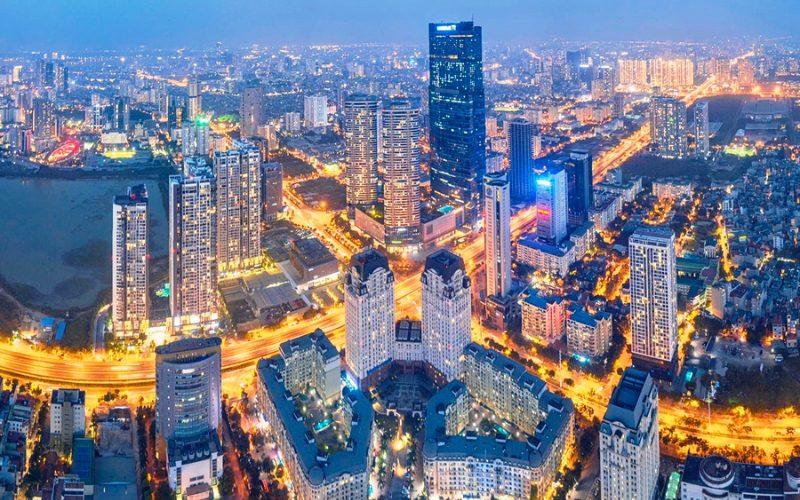
The Development of Hanoi
Since the liberation from colonial slavery, the history of Hanoi has gone through many arduous years of suffering from the challenging post-war situation. In the last two decades, Hanoi has expanded to all four sides and affirmed its class and continued development with impressive and massive construction works. The length of the roads in the inner city is now nearly 400 km. Hanoi was once known for 36 streets in the past. However, this number has increased to almost 500 streets today, and experts predict that this number will continue to grow in the future.
Culture of Hanoi
Hanoi’s Customs
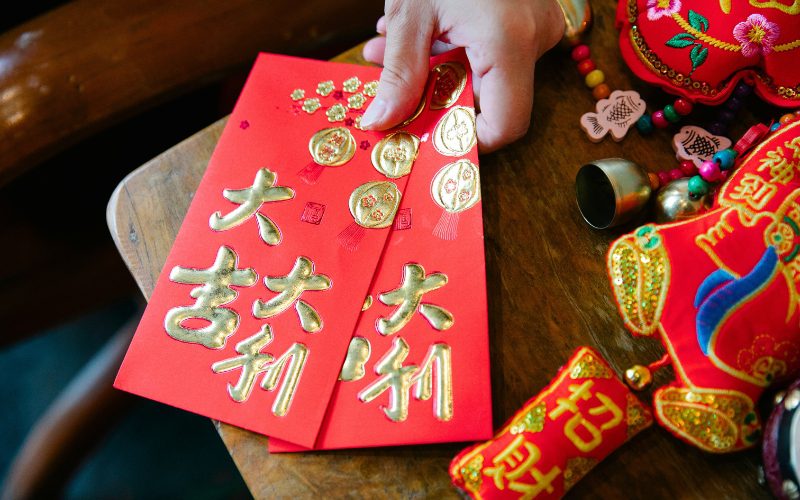
Lucky Money Customs during the Tet Holiday
As a place famous for its traditional customs, it is not surprising that customs are a distinctive and unique feature of the culture of Hanoi. One of the most prominent customs of Hanoi is the Lunar New Year. This is when the beauty of traditional culture is highly appreciated and respected by Hanoians.
There are several different customs in the culture of Hanoi. For example, during the Tet holiday, every family would display and decorate their fruit tray on the ancestor altar. Giving lucky money and worshiping the Tao to heaven are all customs that bring good luck for the New Year in the sense of Vietnamese.
Cuisine of Hanoi
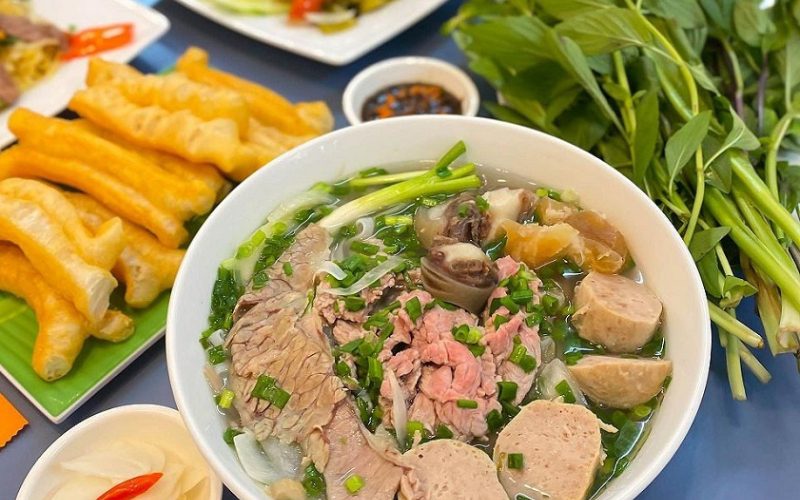
Pho – one of the most delicious Hanoi Food
Food is an essential factor that creates a strong attraction for the culture of Hanoi. Hanoi dishes have unique traditional flavors. They are elaborately prepared by talented chefs. The cuisine of this capital has contributed to the quintessence and perfection of Vietnamese cuisine.
One of the dishes of Hanoi that has helped Vietnamese cuisine reach out to the world is Pho. Referring to Vietnam, visitors will immediately think of Pho. This dish fascinates diners with its delicate broth distilled from countless spices. Besides, Hanoi is also famous for several other dishes, such as spring rolls, bun cha, vermicelli with shrimp paste, rib porridge, vermicelli, and green nuggets. Having a chance to travel to Hanoi, do not miss out on this place’s delicious food.
>>> Bring yourself a chance to discover the best of Hanoi food with our suggested 10 must-try dishes here.
Architecture of Hanoi
The diversity and abundance of unique architectural works make the culture of Hanoi more special than ever. The long history and diverse and colorful culture have helped Hanoi have its own unique architecture and imprint.
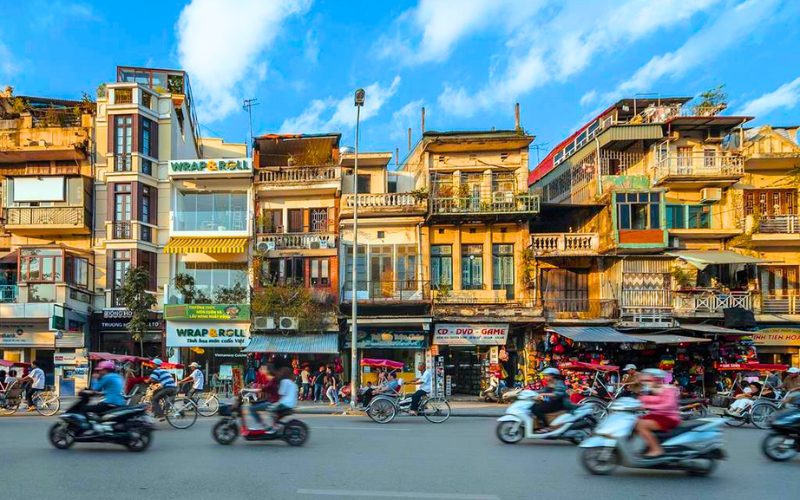
Unique Architecture of Hanoi Old Quarter
The unique architecture of Hanoi is reflected clearly in the Old Quarter. Visitors can also enjoy other famous architectural works in Hanoi, such as the Temple of Literature or St. Joseph’s Cathedral. In addition, villages with Buddhist or French architecture are scattered throughout the city, making tourists from all over the world extremely interested in the cultural values that still exist in a bustling town.
Festivals in Hanoi
Co Loa Temple Festival
Co Loa Temple Festival is one of the most important traditional festivals of Vietnamese people. Held at Co Loa Temple, the festival takes place from the early morning of January 6 to the end of January 18 (Lunar calendar) every 3 or 5 years. The Festival at Co Loa Temple has the meaning of educating people about the spirit of solidarity, loyalty, and sacrifice for the country. At the same time, the festival is also an opportunity to preserve and promote the cultural and heritage values of the Vietnamese nation.
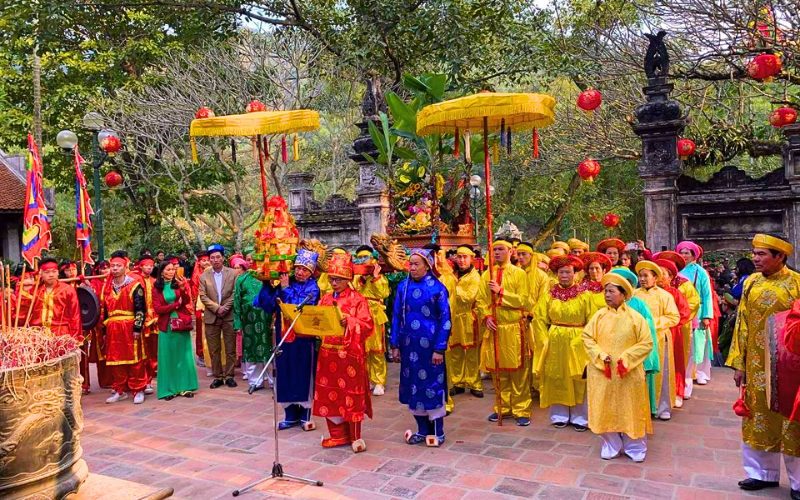
Co Loa Temple Festival
The Co Loa Temple Festival in Hanoi has many artistic activities, but water puppetry and traditional folk singing at the Ngoc Well in the village are the most notable. People in the village sing and respond on the dragon boat in a close and natural way, without music. In addition, you can also watch plays such as My Chau and Trong Thuy, which are performed to remind people to raise their vigilance so as not to fall into the same situation as My Chau.
You can take part in the folk games organized at the festival to understand the childhood of Vietnamese people. Among all activities, human chess, wrestling, and crossbow shooting are the most preferred by people. Wrestling is a fine tradition of the nation, helping young people strengthen their health and courage to preserve and protect the country and village land. In addition, the crossbow shooting game is also the highlight of the festival. It creates excitement and a sense of challenge when conquering the “God crossbow.”
Perfume Pagoda Festival
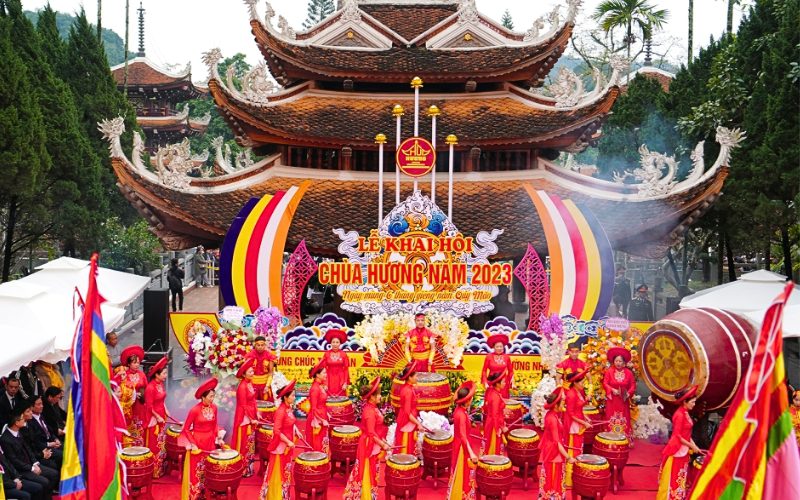
The Performance at Perfume Pagoda Festival
The Perfume Pagoda Festival is a big festival in our country held annually at the beginning of the year. The festival venue is the scenic Perfume Pagoda in Huong Son, My Duc District, Hanoi. The festival lasts from February to March of the Lunar calendar. This is the time to attract many visitors, ranging from more than 40,000 from all regions.
The Huong Pagoda Festival in Hanoi is not only an annual spring festival but also imbued with the culture and beliefs of the people of the North. The worshiping faiths at this festival converge all the religious rites of our country, such as Buddhism, Taoism, and Confucianism.
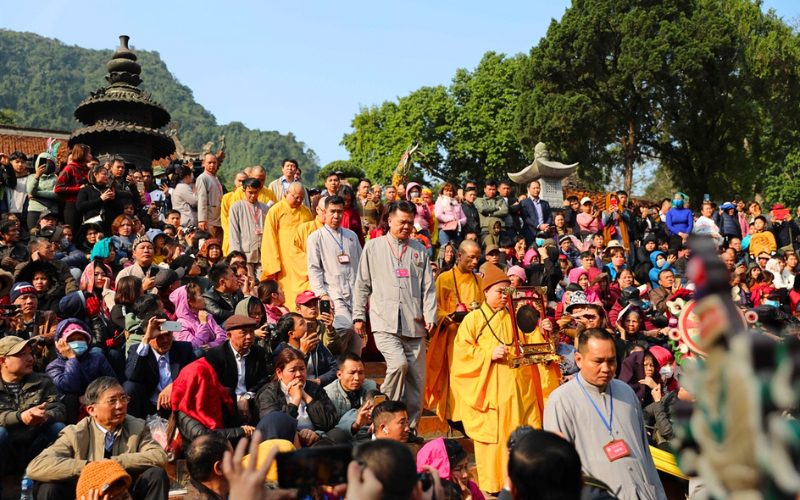
Festive Atmosphere at Perfume Pagoda Festival
The festival interferes with traditional culture and takes advantage of the rare natural landscape at the scenic Perfume Pagoda. Coming here, you not only understand more about the cultural values of the Perfume Pagoda Festival but also feel the solidarity of the nation and people of Vietnam and enjoy the beautiful natural scenery. Check out more at Perfume Pagoda’s official website here.
Bat Trang Village Festival
Bat Trang Village Festival is held on February 14-15, Lunar calendar. The festival is organized at Bat Trang communal house, Bat Trang Ward, Gia Lam District, Hanoi.
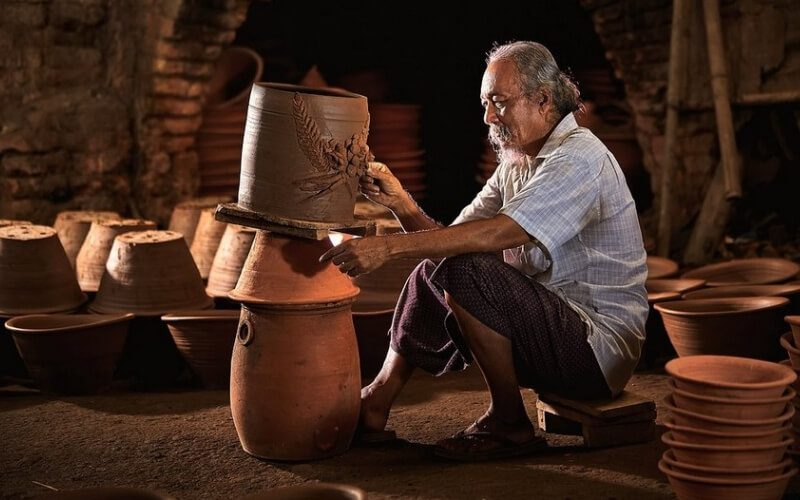
Pottery making in Bat Trang
The traditional festival of Bat Trang ancient village is an occasion to preserve the perfection of Vietnamese national culture crystallized in each ceramic product in particular and fine art in general. The festival is also an opportunity for the next generation to show their pride and remember the ancestors who taught them how to create sophisticated products with the soul of the Vietnamese people. Thereby, people also express their spirit, ” Drink water, remember the source,” and convey their desire for a life that is always happy and adequate.
Coming to the festival at Bat Trang Craft Village, in addition to being entertained on the shore, there are also activities for you to enjoy the quiet art with ceramic products or the moments of molding products with your hands. This is also an opportunity for you to find exquisite ceramics meticulously crafted by the hands of artisans. Unique works will be displayed as an exhibition to exchange and learn from experience.
With a thousand years of civilization, the capital Hanoi always carries within itself the imprints of national traditions such as festivals imbued with national identity and historical architectural works. Besides, Hanoi is also considered a land with an extremely diverse, rich, and unique culture with distinct features that no other place can overshadow. Hopefully, the information above will help you understand more about the history and culture of Hanoi. IDC Travel is always here to provide the best trip in Hanoi and Vietnam. Don’t hesitate to reach out to us to have your unforgettable experience.
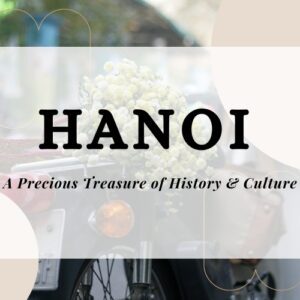


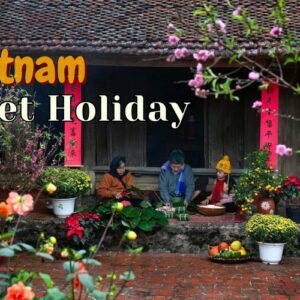
I really enjoyed this post on Hanoi’s rich tapestry of history and culture. The way it covers everything, from ancient dynasties to vibrant festivals, street food, and iconic sites like the Temple of Literature and Old Quarter, paints a vivid, living portrait of the city. It makes me eager to experience Hanoi’s timeless charm firsthand!